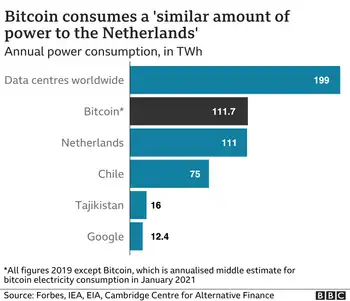India developing eco-friendly 100 MW IGCC plant
INDIA - Indian state-owned power generating utility NTPC Limited plans to develop an eco-friendly, 100-megawatt (MW) power plant based on integrated gasification combined cycle (IGCC) technology.
The firm is undertaking the project as part of a clean coal drive and plans to appoint consultants by December this year for tackling techno-economic issues pertaining to the project.
The IGCC technology is less polluting than conventional coal-fired power plants but requires coal feedstock with low ash content of up to 10%. However, Indian coal has a high ash content of 35% to 40%, necessitating adaptation of this technology to local conditions. NTPC's 100-MW power plant is aimed at achieving this end.
The power plant will be developed in two phases. In the first, NTPC plans to procure and develop equipment such as fluidized bed gasification units and gas clean-up systems. In the second phase, the firm plans to procure a combined-cycle gas treatment unit, which will be integrated with equipment developed in the first phase. NTPC plans to finalize tender documents for the first phase of the project by March 2010; float tenders in April with a deadline for accepting bids to be set in July; and award project contracts by October 2010.
India's experiments with IGCC technology commenced with a 6.2-MW demonstration power plant developed by Bharat Heavy Electricals Limited at BHEL's facility in Tiruchchirappalli, Tamil Nadu. The $3.2 million demonstration plant was commissioned in 1989, and was Asia's first and the world's second coal-based IGCC power plant. At about the same time, an expert group from the Ministry of Coal prepared India's first report on developing a 100- to 120-MW IGCC plant. However, no concrete action was subsequently taken for the commercialization of this technology.
In 1992, the Council of Scientific and Industrial Research (CSIR) undertook a feasibility study for setting up a 500- to 600-MW IGCC unit, with the primary objective of selecting a gasification technology suitable for Indian coal. Based on a comparative cost analysis, the fluidized-bed gasification technology was found to entail lower capital costs than the entrained-bed and moving-bed gasification technologies, but was estimated to cost 33% more than an equivalent pulverized coal-fired thermal power plant.
BHEL's IGCC plant at Tiruchchirappalli started operations with a pressurized, moving-bed gasification unit and successfully demonstrated combined-cycle power generation by supplying 400,000 kilowatt-hours (kWh) of power to Tamil Nadu Electricity Board (TNEB). In January 1996, the plant was retrofitted with a pressurized, fluidized-bed gasification unit and began power generation in IGCC mode in March 1998.
In late 2002 to early 2003, the Indian government sought to bring together BHEL and NTPC for indigenous development of a 125-MW IGCC demonstration plant at NTPC's thermal power facility at Auraiya in Uttar Pradesh. Further studies established the technical feasibility of developing a 125-MW power plant based on Indian coal by scaling up BHEL's 6.2-MW demonstration plant. The cost of the proposed unit was estimated at $192 million. A detailed project report was submitted in December 2005, but NTPC continued to scout for an overseas technology partner for this venture.
In July 2008, BHEL and NTPC agreed to operate the former's demonstration plant as a regular facility to feed power to TNEB's grid. The project investment was estimated at $27 million, with a coal requirement estimated at 50,000 tons per year.
In May last year, BHEL entered into a memorandum of understanding with Andhra Pradesh Power Generation Corporation Limited to develop a 125-MW IGCC power plant as the eighth unit of the Dr. Narla Tata Rao thermal power plant at Ibrahimpatnam in Andhra Pradesh. The cost of the project was estimated at $205 million. The power plant is scheduled for commissioning by August to September 2011.
At about the same time, BHEL and NTPC agreed to develop a 250- to 300-MW IGCC power plant at Auraiya. However, reports in February 2009 indicate that the joint initiative was stalled due to an alleged dispute between the two firms about intellectual property rights.
Other IGCC initiatives in the country include a 1,000-MW petcoke-fired power plant proposed in January 2007 by Reliance Industries Limited for its refinery in Jamnagar, Gujarat.
Related News

Calgary's electricity use soars in frigid February, Enmax says
CALGARY - February was so cold in Calgary that the city used enough extra energy to power 3,400 homes for a whole year.
Enmax Power Corporation, the primary electricity utility in the city, says the city 's energy consumption was up 22,000 megawatt hours last month compared with Februray 2018.
"We've seen through this cold period our system has held up very well. It's been very reliable," Enmax vice-president Andre van Dijk told the Calgary Eyeopener on Friday. "You know, in the absence of a windstorm combined with cold temperatures and that sort of thing, the system has actually held up pretty…




